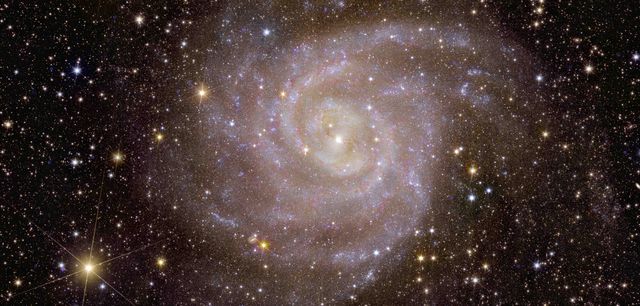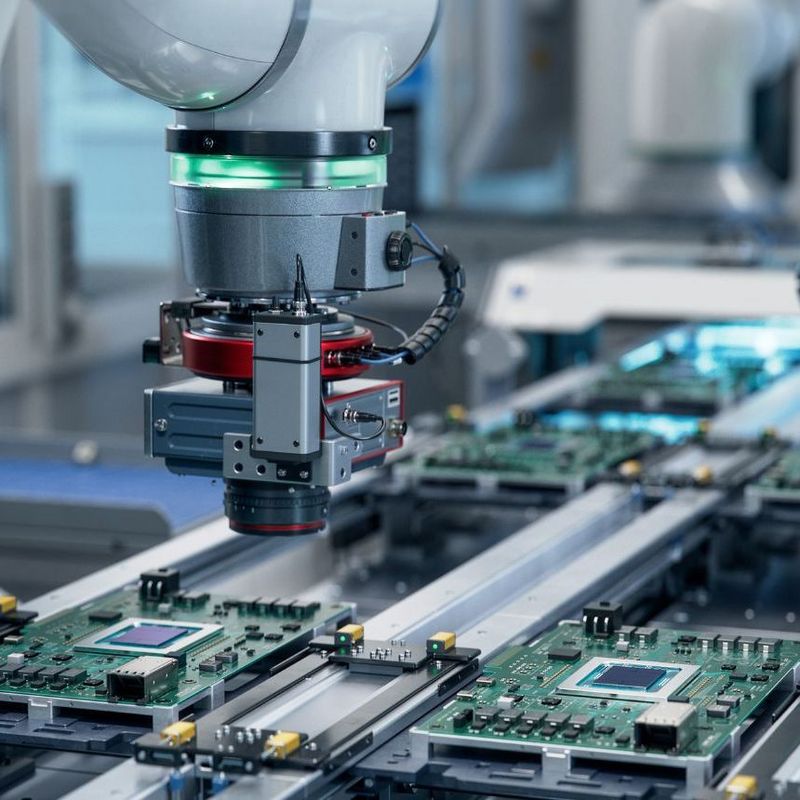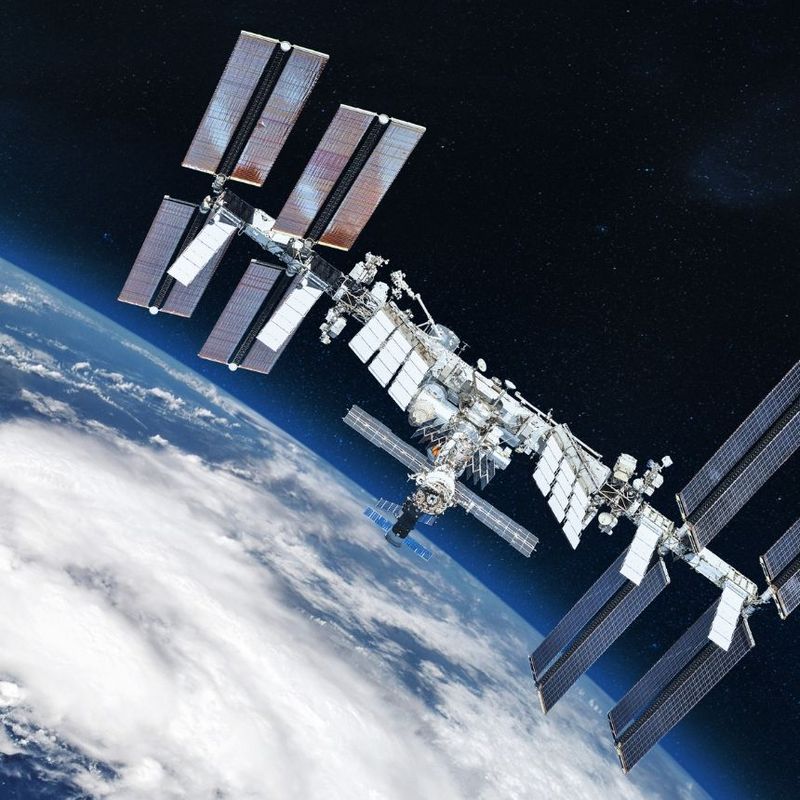18 January 2024
As Antoine de Saint-Exupéry’s Little Prince tells us, “what is essential is invisible to the eye” – and this maxim also applies to some extent to our universe. This is because the universe is largely made up of Dark Matter and Dark Energy, neither of which can be observed directly. The new space telescope known as Euclid should now help researchers cast a light on these blind spots in our understanding of the cosmos and its development. Euclid is a project of the European Space Agency (ESA), in which ALTER TECHNOLOGY, a TÜV NORD GROUP company, is centrally involved along with thousands of researchers.
An expansive canopy of deep blue sky stretched out in all directions over Cape Canaveral when the Euclid telescope blasted off into space as the payload of a SpaceX rocket on 1 July 2023. 28 days later, Euclid reached its destination: the second Lagrange Point, some 1.5 million kilometres away from the Earth, at which the James Webb telescope also orbits the sun as a diminutive companion to our world. Safely arrived, Euclid has now started work. Over the next six years, this 1.2-tonne telescope will map a whole third of the cosmos, creating the most detailed 3D map of the universe there has ever been and, in the process, finding out more about Dark Matter and Dark Energy. This matters because these forces constitute the great unknown in our universe, and it has to date been virtually impossible to conduct research into them, even though they play a critical role in the motions and development of the visible universe.
Dark Matter – the stuff that holds the galaxies together
The speed with which the stars orbit the centre of their galaxies cannot be explained by the gravitational pull of large celestial bodies alone. Researchers first attributed this phenomenon to Dark Matter as long ago as the 1930s. Unlike conventional matter, it emits no light, and nor does it absorb it, which makes it invisible to our eyes. Dark Matter can be identified only indirectly by virtue of its gravitational effects. But researchers still don’t know what Dark Matter is made of – what it actually is. Nor has anyone yet found any direct proof of its existence. However, more and more indications that it does indeed exist have been found in recent decades.
© ESA/Euclid/Euclid Consortium/NASA, image processing by J.-C. Cuillandre (CEA Paris-Saclay), G. AnselmiSharp and detailed as never before: Euclid took pictures of the Horsehead Nebula in Orion - part of a large cold cloud of gas and dust.
© ESA/Euclid/Euclid Consortium/NASA, image processing by J.-C. Cuillandre (CEA Paris-Saclay), G. Anselmi"Revolution for astronomy": The Perseus cluster in the constellation of the same name. The motif shows 1,000 galaxies in the cluster and more than 100,000 more distant galaxies in the background.
Dark Energy – the pacemaker of expansion
Some 30 years ago, astronomers discovered the first evidence of a further fundamental force in the universe, which they christened Dark Energy. This would serve to explain why the universe is expanding at an accelerated rate. According to measurements taken by the Wilkinson-Microwave-Anisotropy probe, nearly three quarters of the universe is composed of Dark Energy and almost one quarter of Dark Matter, with the rest (visible matter) making up a mere five percent. Although there are theories about Dark Energy, we do not yet have a compelling explanation of how this mysterious substance came into being and what it might be composed of.
The data supplied by Euclid should help researchers answer five key questions: How is Dark Matter distributed in the universe? How did the expansion of the universe come to pass? What does this tell us about the properties of Dark Energy? Is the proportion of Dark Energy in the universe changing over time? How do large-scale structures form in the universe?
Ten billion light years in the past
With its 1.2 metre mirror, Euclid’s gaze can penetrate distances of up to ten billion light years away in space. The telescope can therefore cover the period in which the development of the universe can be explained mainly by the influence of Dark Matter.
The mission data are being evaluated by the international Euclid consortium, for which some 2,600 researchers from the astrophysics, cosmology, and theoretical and particle physics fields had registered by the end of 2023. In total, over 3,500 people from 21 countries are working on this ESA project. For instance, Germany’s Max Planck institutes in Heidelberg and Garching codeveloped key components of Euclid’s optical systems. That Euclid has been able to withstand the extreme stresses to which it is subject in space, the vibrations during take-off, extreme temperature fluctuations during the flight and the cosmic radiation to which it is exposed in deep space is mainly due to the work of the specialists from ALTER TECHNOLOGY. As has been the case with other ESA missions, the experts from the TÜV NORD GROUP company were responsible for the development, testing and material composition of all the electronic components on board.
Penetrating insights into the infinite expanse
That all this joint work has been worthwhile has been resoundingly validated by the first images sent back to Earth by Euclid. The researchers were delighted with the quality of the pictures: According to the ESA, never before has a telescope been able to create such breathtakingly sharp astronomical images of such a large swathe of the sky, thereby giving us such an expansive view of the furthest reaches of the universe. For instance, the Perseus cluster in the constellation of the same name can be seen on the images. As the ESA has it, this image is nothing less than a “revolution in astronomy”. It depicts 1,000 galaxies in the cluster, with over 100,000 more distant galaxies in the background. Many of these pale galaxies used to be invisible. “Euclid is going to advance our overall understanding of the cosmos,” says Carole Mundell, scientific director at ESA. “And these exquisite images from Euclid show that the mission is ready to play its part in solving one of the greatest puzzles in modern physics.”





